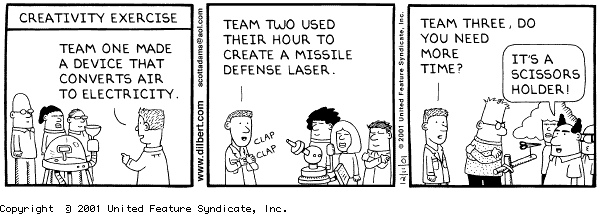
Figure 1: Click on the image in order to see the applet and get the source code
This problem set is inspired by DARPA-sponsored project we, along with MAS researchers from other universities, worked on. The problem involves a set of radars laid out in a field and their need to coordinate in order to track some moving targets. For the purposes of this problem set I have simplified the problem (namely by not adding noise to the sensors) but kept the parts of it which make it hard to solve.
The field is filled with radars in a grid layout. Each radar is
5 units away from the other ones. A radar can point in any
direction (this is different from the original problem) and has
a viewing angle of radar-amplitude. The radars can
only see targets that are less than 5 units away. In general, we
need two or three radars looking at a target in order to track
it. As such, I have implemented a utility function for each
target which returns 0 if there are no radars tracking it, 1 if
there is 1 radar, 5 if there are 2 radars, and 7 if there are 3
or more radars tracking it.
When a target appears it has a target-type of
"unknown". Once three or more radars track it at the same time
it will either die, if it was really a phantom, or it will
change its target-type to "real". The utility that
is shown in the graph and box is the sum of the utilities
calculated for all real targets, excluding those that are
phantoms.
Your task, should you choose to accept it, is to implement a coordination method for the radars so that they can maximize the utility. When grading the quality of your solution I will be considering:
This problem set is to be done individually. You cannot ask or receive help from anyone. As will all the problem sets, you will hand them in using our department's dropbox. For the netlogo problem sets you will hand in only one file, your .nlogo file. You will use the information tab of the program for writing your detailed explanation of the techniques you used, how the program works, how to set the controls to obtain the different behaviors you want to show, etc. The information tab needs to start with:
Name: